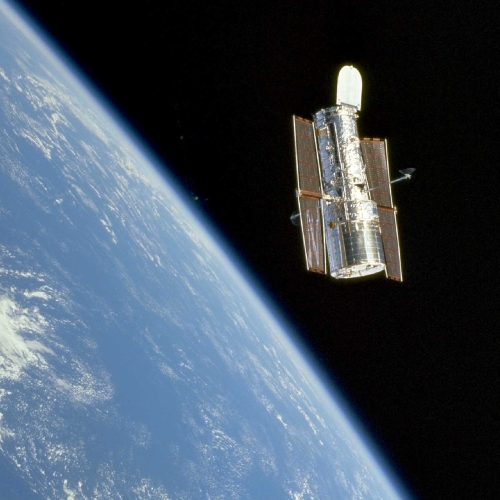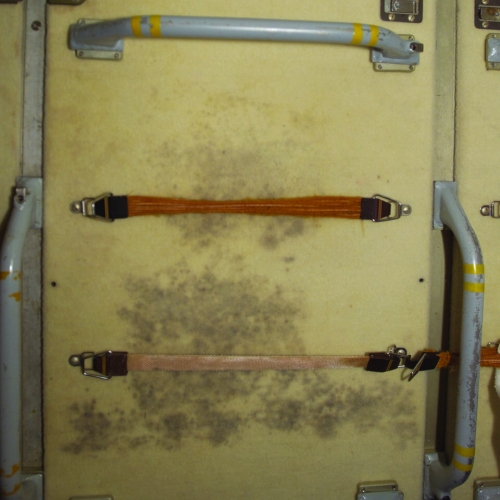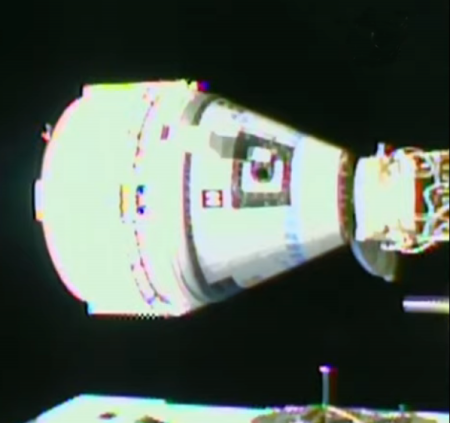Update on Relativity’s operations and first launch attempt
Link here. The article provides a nice overview of the company, its rocket, and the status of both. Key quote:
Terran 1, much like SpaceX’s Falcon family, is designed around affordability. The company says a dedicated mission on Terran 1 should cost around $12 million and is capable of taking 2,750 pounds of payload to low-Earth orbit. That number drops to about 2,000 pounds when going to sun-synchronous orbit.
Though the 110-foot Terran 1 won’t be reusable and will be expended into the Atlantic Ocean, it should inform the company’s future development of the much larger, 216-foot Terran R rocket. That vehicle will be reusable and is expected to directly compete with SpaceX’s Falcon 9 rocket.
Terran 1’s demonstration mission, appropriately labeled “Good Luck, Have Fun,” is slated to carry no customer payload. The company appears to be on track for its goal of flying before the year is out.
Terran-1 will thus be limited to the smallsat market that is presently held by Rocket Lab, Virgin Orbit, and Astra. It is bigger, however, and if successful will be able to put more or larger smallsats into orbit, and do so at a cheaper price.
Link here. The article provides a nice overview of the company, its rocket, and the status of both. Key quote:
Terran 1, much like SpaceX’s Falcon family, is designed around affordability. The company says a dedicated mission on Terran 1 should cost around $12 million and is capable of taking 2,750 pounds of payload to low-Earth orbit. That number drops to about 2,000 pounds when going to sun-synchronous orbit.
Though the 110-foot Terran 1 won’t be reusable and will be expended into the Atlantic Ocean, it should inform the company’s future development of the much larger, 216-foot Terran R rocket. That vehicle will be reusable and is expected to directly compete with SpaceX’s Falcon 9 rocket.
Terran 1’s demonstration mission, appropriately labeled “Good Luck, Have Fun,” is slated to carry no customer payload. The company appears to be on track for its goal of flying before the year is out.
Terran-1 will thus be limited to the smallsat market that is presently held by Rocket Lab, Virgin Orbit, and Astra. It is bigger, however, and if successful will be able to put more or larger smallsats into orbit, and do so at a cheaper price.














